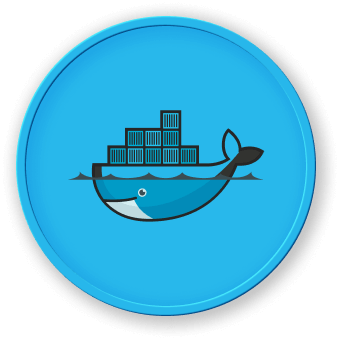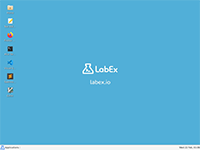Best Practices for Permissions Management
When it comes to managing permissions in Docker containers, there are several best practices to consider. Following these practices can help ensure the security and reliability of your container-based applications.
Use Non-Root Users
As mentioned earlier, it's generally recommended to avoid running applications as the root user inside a container. Instead, create a non-root user and run your application with that user's permissions. This helps reduce the risk of security vulnerabilities and limits the potential damage if the container is compromised.
## Dockerfile
FROM ubuntu:22.04
RUN useradd -ms /bin/bash myuser
USER myuser
Minimize Privileged Operations
Avoid performing privileged operations, such as using the sudo command, inside your containers. If possible, perform these operations during the container build process using the Dockerfile, rather than at runtime. This helps ensure that the container runs with the least amount of privileges necessary.
Utilize Volume Mounts Carefully
When mounting volumes from the host system into a container, be mindful of the permissions of the mounted files and directories. Ensure that the permissions on the host system are set appropriately before mounting the volume.
## On the host system
$ sudo mkdir /host-data
$ sudo chown 1000:1000 /host-data
$ sudo chmod 755 /host-data
## In the Dockerfile or docker run command
$ docker run -v /host-data:/container-data ...
Implement Least Privilege Principle
Apply the principle of least privilege when setting permissions within your containers. Grant only the necessary permissions required for your application to function, and avoid granting excessive permissions that could lead to security vulnerabilities.
Regularly Review and Update Permissions
Periodically review the permissions within your containers and update them as needed. As your application evolves, the required permissions may change, and it's important to maintain the appropriate level of access control.
By following these best practices for permissions management, you can ensure that your Docker-based applications are secure, reliable, and maintainable.




